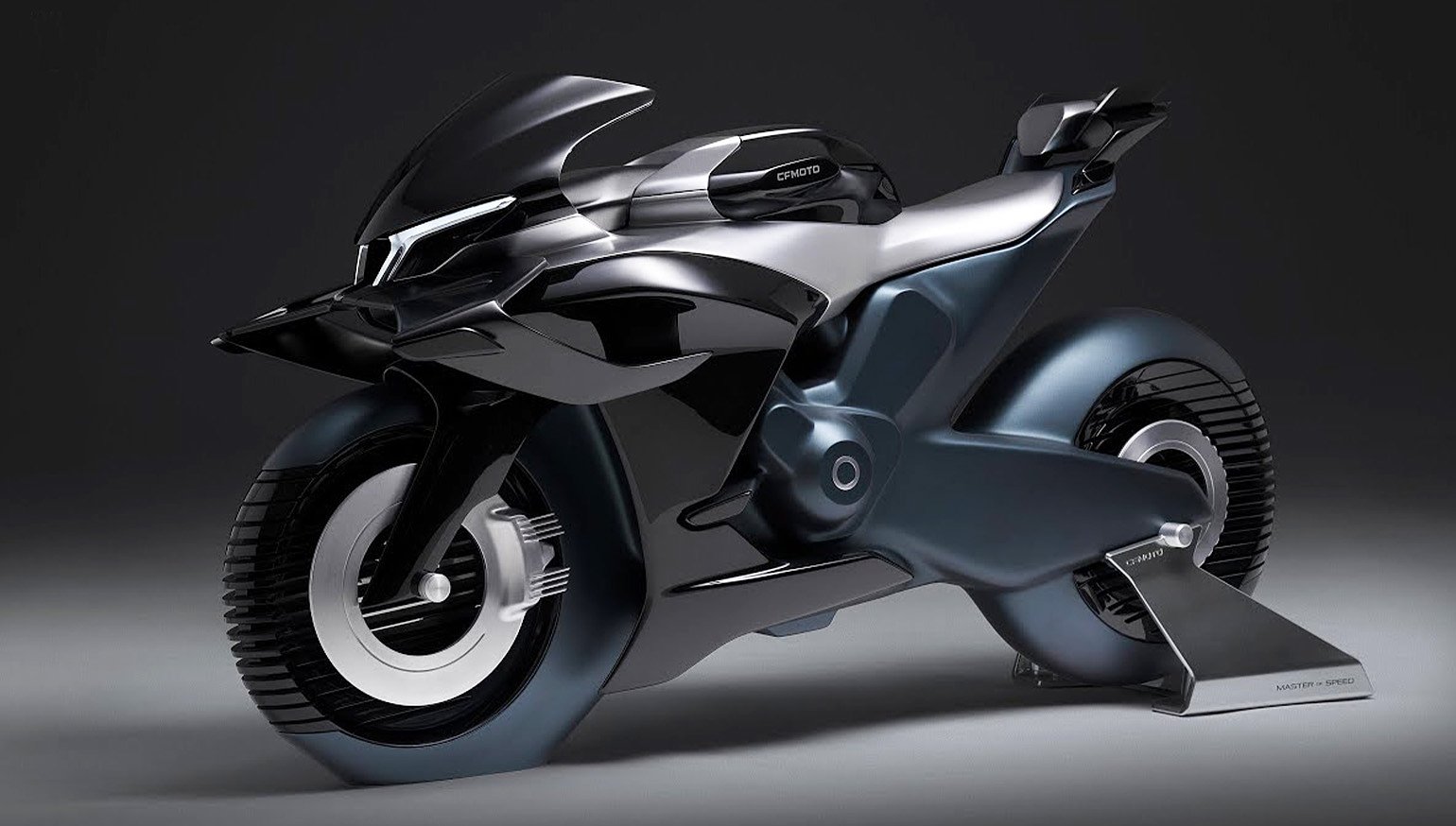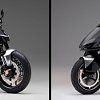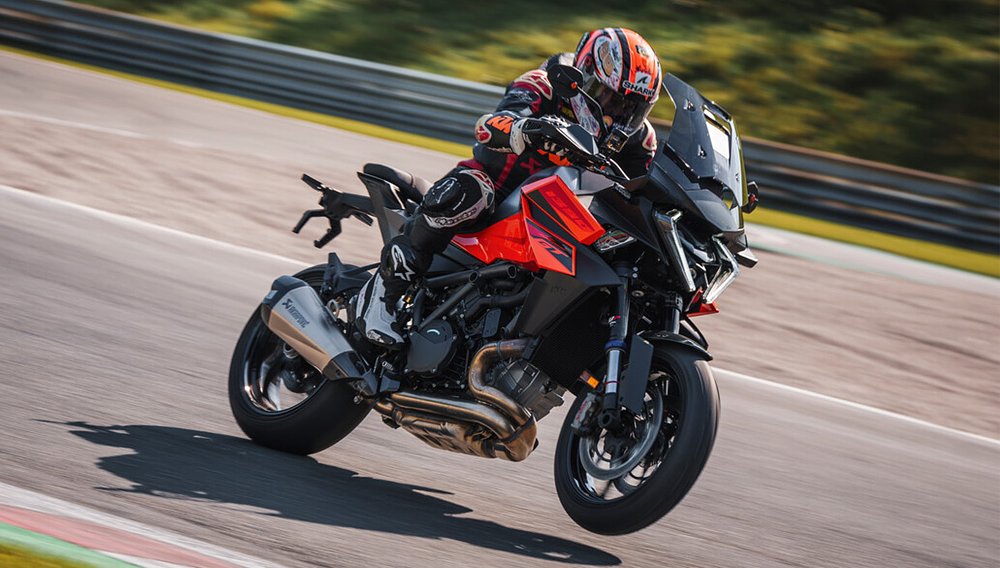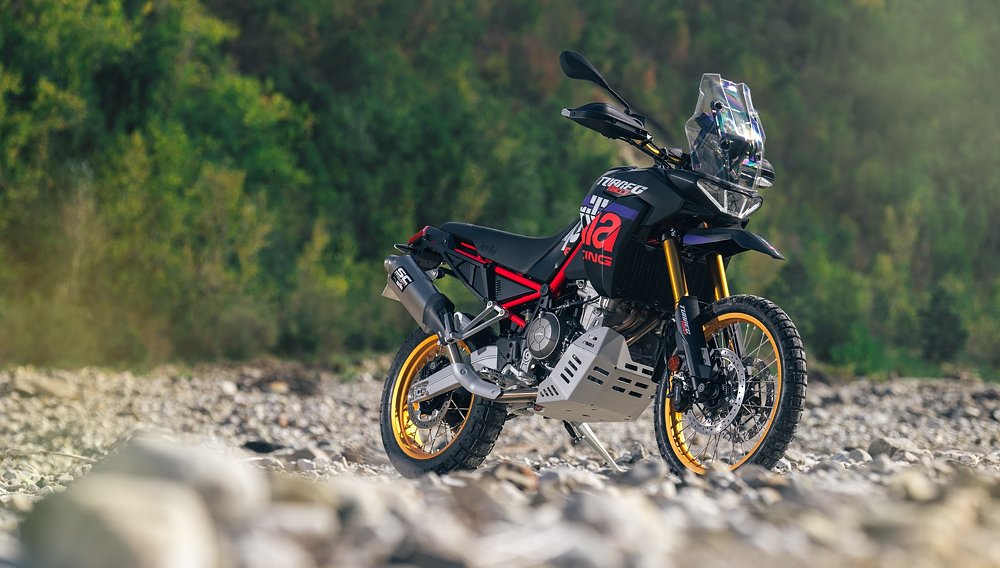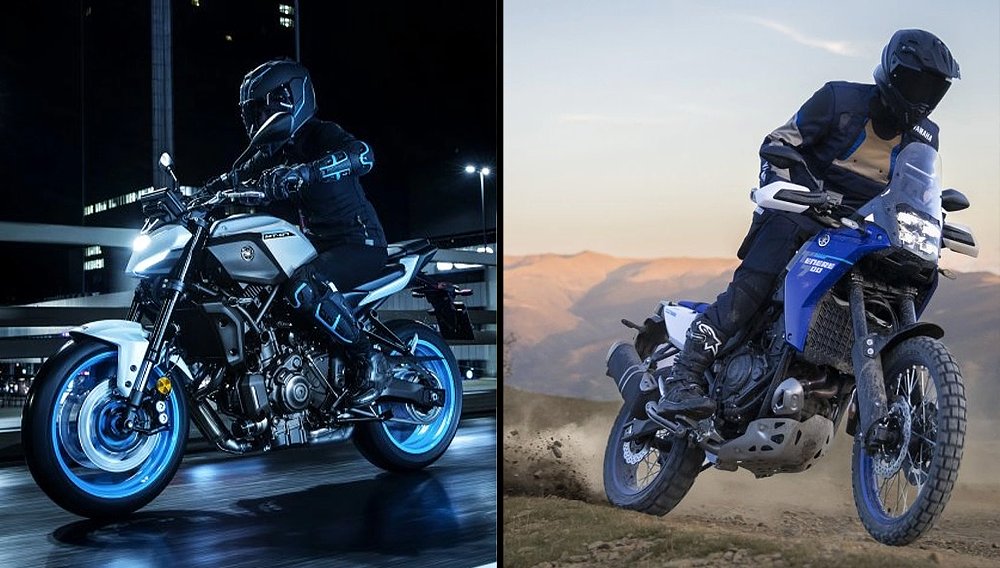If EICMA is good for anything, it’s a few surprises. Every year, motorcycle manufacturers invade Milan, Italy, touting the latest this and the greatest that. More often than not, the riding public is privy to those wares before they ever hit the Fiera Milano floor. But on rare occasions, OEMs unveil something truly surprising.
I sure didn’t have a fuel-injected DR-Z on my 2024 Bingo card. Nor did I predict Ducati downsizing the Panigale V2. But those are just a few examples. Other production models, prototypes, and innovations presented at EICMA 2024 were just as unexpected. Here are this year’s big surprises.
Novel concepts
Honda didn’t announce any ground-breaking new models for its 2025 lineup. Instead, Big Red focused on future developments. Chief among them was a water-cooled 75-degree V-three engine equipped with an electrical compressor. Like a supercharger or a turbocharger, an electric compressor forces more air into the combustion chamber, allowing an engine to produce more power. That’s where the similarities end, though.
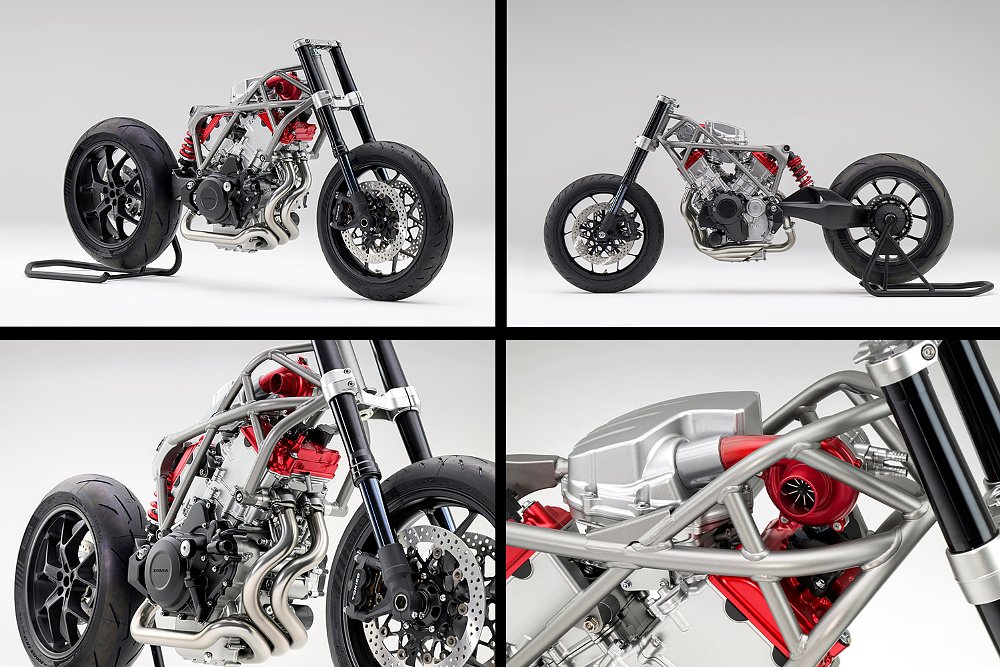
Whereas a supercharger is mechanically driven by the engine’s crankshaft and a turbocharger is powered by the engine’s exhaust gases, an electric compressor operates independent of the engine. Per Honda, this allows the V3 to deliver “high-response torque” from low rpm. While the Japanese marque withheld the powerplant’s displacement and output numbers, it confirmed “plans to apply the new V3 engine to larger displacement models in the future” and that it will “continue its development toward mass production.”
That’s far from Honda’s only sneak peek. It also debuted two electric concepts — the EV Fun and EV Urban. Identified as a “naked sports model equivalent to a mid-sized internal combustion engine (ICE) motorcycle,” the EV Fun boasts a fixed battery compatible with CCS2 (Combined Charging System Type 2) quick chargers. Honda reports a “cruising range” of over 100+ km (62 miles), which it believes is “sufficient for city use.”

Honda doesn’t provide nearly as many details when it comes to the EV Urban Concept. The scooter-styled EV will receive a battery pack developed in-house and what Honda claims to be an intuitive human-machine interface (that’s basically the model’s TFT display and switchgear controls). Big Red has yet to reveal pertinent specs, such as range and recharge times.
Circling back to internal combustion engines, CFMOTO also unveiled its Master of Speed concept at EICMA 2024. I'm sure I'm not the only one the superbike prototype left asking, “Do you want some motorcycle with those wings?” But, the concept primarily functions as a showcase for the company’s new V-four engine.
Marketed as the V.04, the 1,000 cc, 90-degree V-four produces a claimed 209 horsepower (at 14,500 rpm) and 84 foot-pounds of torque (at 12,500 rpm). The powerplant weighs just 135 pounds (dry) and features a counter-rotating crankshaft. Unfortunately, CFMOTO hasn’t disclosed its future plans for the new platform. Considering the Chinese OEM’s recent foray into the middleweight sport bike class with the 675SS, I wouldn’t be surprised if it puts the mill to good use in the near future.
Downsize me
BMW’s F 450 GS was another pleasant EICMA surprise. The Bavarians presented the bike as a concept but it also acknowledged that it's “near-production-ready.” As the F designation suggests, the 450 GS houses a parallel-twin engine. BMW claims that it developed the p-twin “from scratch” and that materials like magnesium maintain its lightweight construction. Peak output is 48 horsepower (claimed), but BMW fails to list the model’s torque rating, simply stating that it “provides superior torque even at low revs.”
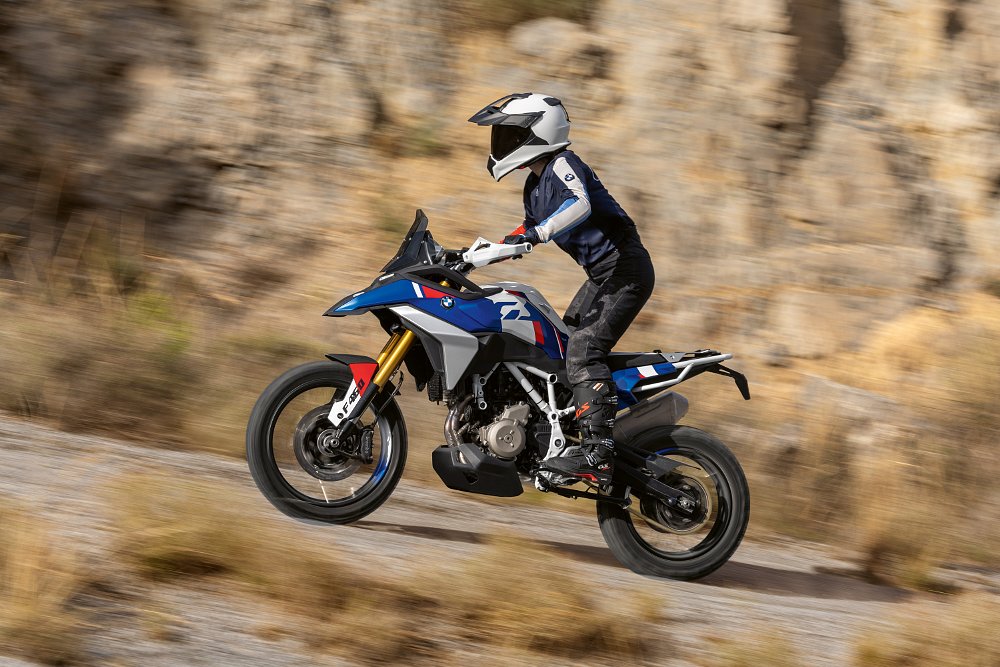
The Munich house also teases a fully adjustable inverted fork and a rear shock with “load-dependent damping” (whatever that means). Should the concept advance to the production stage, BMW hopes to preserve the bike in its current form. That includes a running weight near 385 pounds as well as cross-spoke and cast aluminum wheelsets (19-inch front and 17-inch rear) offered as options. If the F 450 does join the GS lineup, it will slot between the G 310 and F 800/900 series.
Not to be outdone, KTM finally rolled out its long-awaited 390 Adventure R. The small-bore ADV will pair the LC4c single (from the 390 Duke) with off-road-appropriate components like a rally-style tower, a 21-inch front wheel, and an 18-inch rear wheel. The adjustable WP suspension provides nine inches of travel at both ends and while three ride modes (Street, Rally, Rain) and cruise control enhance the model’s versatility.
The Adventure R is just one of the many models in KTM’s growing 390 family. The new 390 SMC-R will challenge rival supermotos like Suzuki’s DR-Z4SM and Kawasaki’s KLX 300SM in the years to come. Similar to its adventurous cousin, it also leverages the 390 Duke’s engine, stuffing it into a steel trellis frame with an aluminum subframe. Its WP fork offers rebound and compression adjustability, while its WP shock boasts preload and rebound adjustability. Meanwhile, a radially mounted four-piston ByBre caliper and 320 mm rotor prioritize front-end braking. That sounds like a proper supermoto to me.
Jump-starting the segment
At this point, new electric models are all but expected at EICMA. In recent years, Zero Motorcycles debuted premium models, but this time around, it hopes to grow its customer base with the all-new X Series. Comprised of the XE and XB, the entry-level lineup benefits from features like a removable battery and switchable traction control.
Zero deems the XE its “first true trail bike.” Thanks to its 15.5 kW (20.1 horsepower) motor and 4.3 kWh battery, the model reportedly reaches 65 miles (at 31 mph) and recharges in 5.5 hours. The XE only weighs 223 pounds and wears a 21-inch front wheel and an 18-inch rear. Front-wheel travel is 8.5 inches, rear-wheel travel is 9.8 inches, and the seat height measures 35.4 inches.
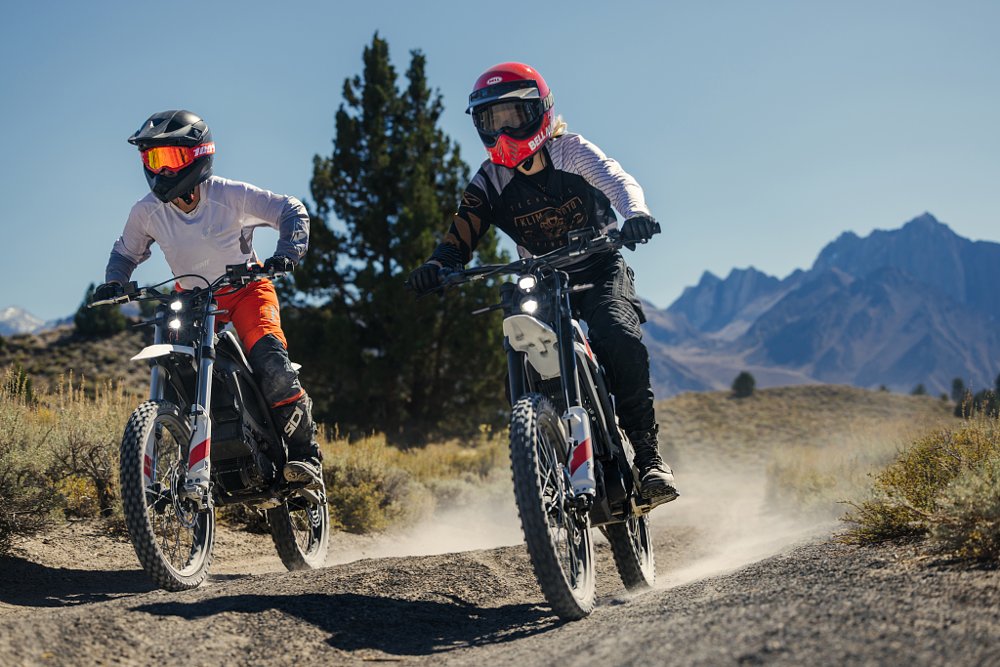
The XB, on the other hand, is aimed squarely at electric bicycle makers like Sur-Ron. Its $4,195 MSRP certainly suggests as much. So does its 40-mile range, 47-mph top speed, and 139-pound curb weight. Rolling on 19-inch wheels at both ends with 7.7 inches of travel fore and 6.9 inches of travel aft, the seat sits 32.7 inches high. Zero hopes the XB and XE serve as gateway models for younger, newer riders. It isn’t the only OEM taking that approach.
Royal Enfield teased its upcoming electric model for weeks, so I wasn’t surprised when it finally announced the Flying Flea. What defied my expectation is that Flying Flea will operate as an independent brand. Like LiveWire to Harley-Davidson, Flying Flea will function as Royal Enfield’s EV offshoot. The company is scheduled to debut two models — the cruiser-leaning C6 and scrambler-styled S6 — in 2026. However, Flying Flea only exhibited the C6 in Italy.
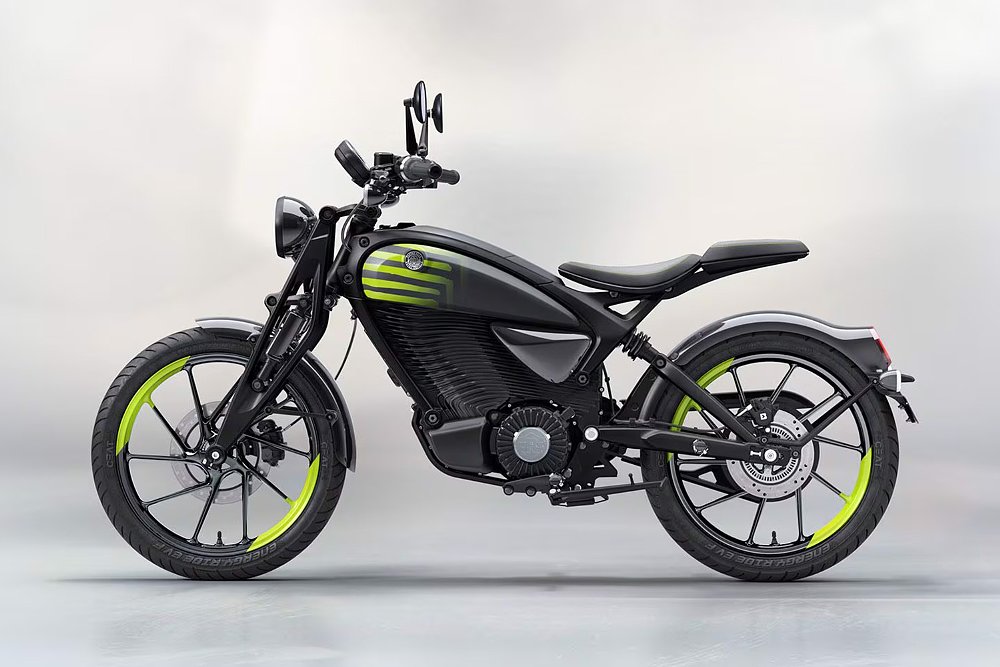
The model sports a forged aluminum frame, magnesium battery case, and a girder-style aluminum fork with an articulating mudguard. Royal Enfield called attention to the C6’s “fast charging” and “ample range to explore the city” but it stopped short of providing range, recharge intervals, and power figures.
Surprise, surprise
EICMA was full of surprises this year. Some hinted at the future direction of electric mobility while others advanced the continued development of internal combustion engines. Some went big while others went small. EICMA isn’t just a platform for next year’s models. It’s also a stage for technological innovations and industry-shaping solutions. In that sense, it’s no surprise that manufacturers outdid my expectations this year.




